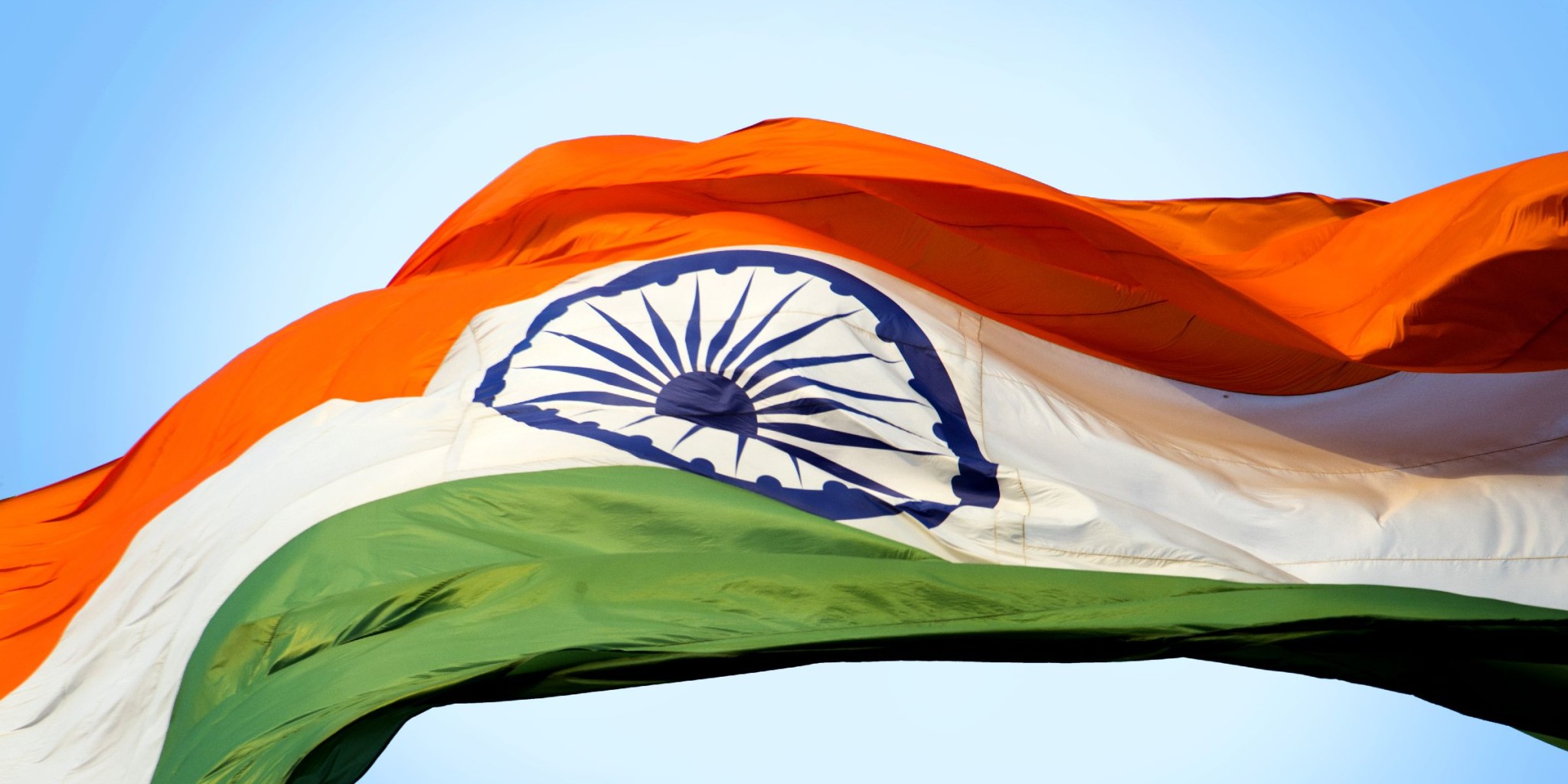In 2017, India was the fourth fastest growing economy in the world. The automotive industry, which is experiencing extremely rapid change, is playing a large part in this. It already contributes around seven percent to the gross domestic product, and this figure is trending upwards. This number is similar to Germany’s statistics. This is no surprise, since more and more people are working and more and more goods have to be transported. As a result, more and more vehicles are on the road in India. The country is currently the world’s fourth largest market for car sales.
India’s government wants to both promote this development and ensure that it is sustainable. In doing so, it is confronted with two main problems: as people are increasingly drawn to the cities thanks to the industrial boom, air pollution there is extremely high. In addition, the number of victims of road accidents is extremely high.
As a technology company, ZF is optimally positioned to help India overcome these challenges. The Group has a portfolio of innovative and economical products and also “Vision Zero.” “As a company, we are committed to the vision of a world without accidents and emissions,” says KV Suresh, President of ZF India, adding: “We adapt successful global products for regional use and are adjusting our strategy to the requirements of the different markets.”





